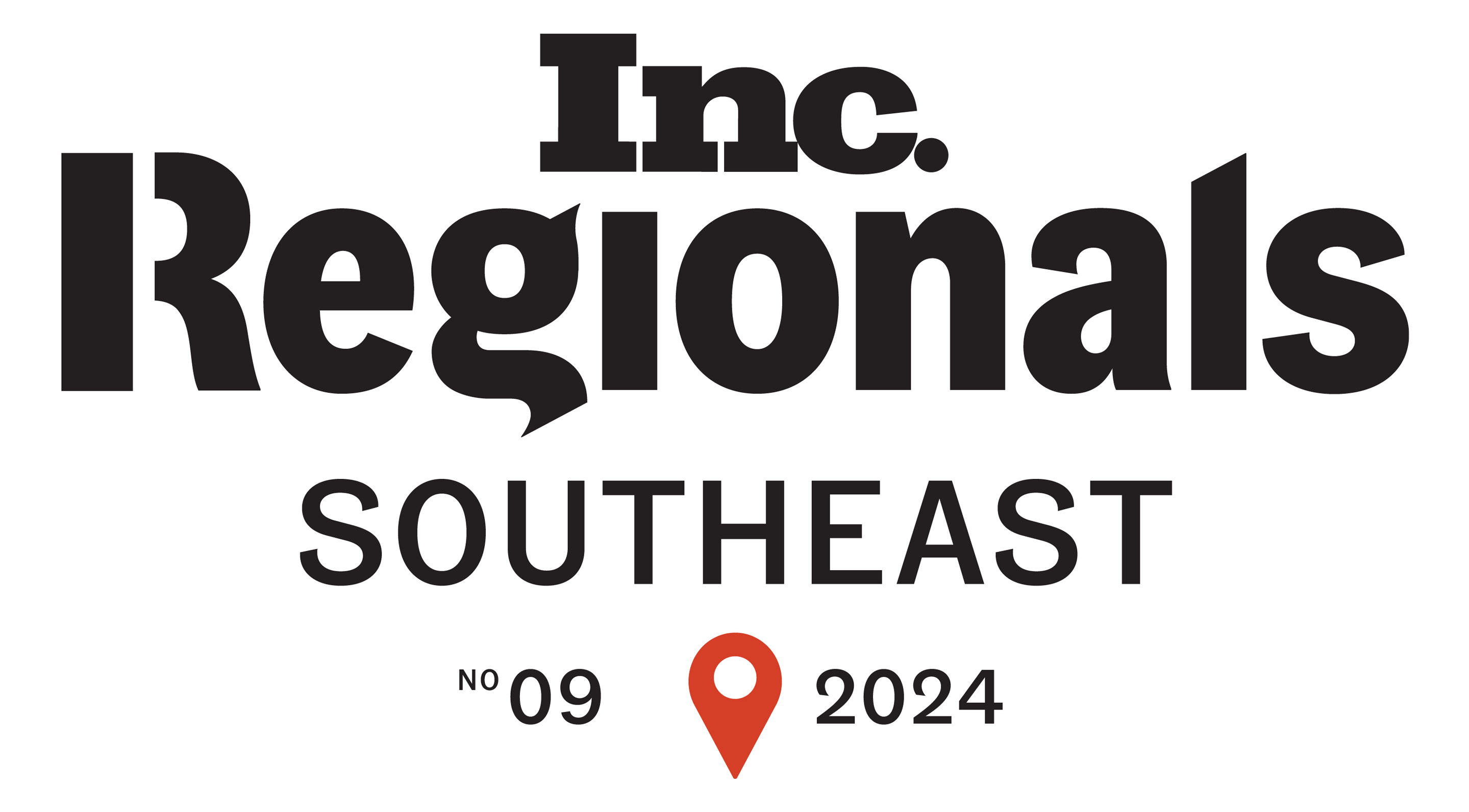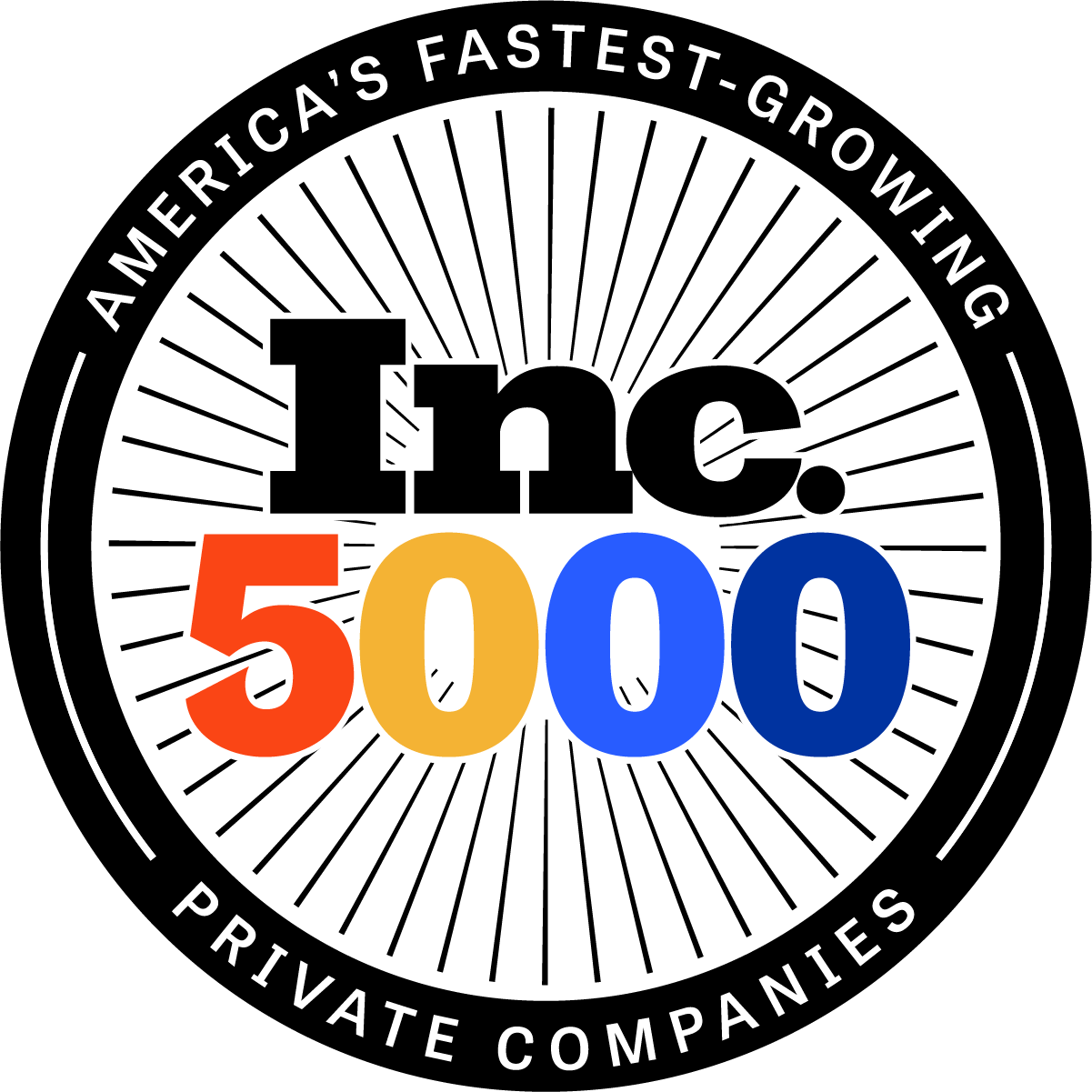As a manufacturer or an Original Equipment Manufacturer (OEM), reducing warranty costs can be a game-changer for your bottom line. Every penny saved on warranty claims and related expenses directly translates into increased profitability. In this comprehensive guide, we'll explore proven strategies to minimize warranty costs while maintaining exceptional customer satisfaction.
Identifying Root Causes of Warranty Claims
The first step in reducing warranty costs is understanding the common sources of claims. By analyzing product defects, customer feedback, and industry benchmarks, you can pinpoint recurring issues and address them proactively.
Analyzing Defect Patterns
Keep a close eye on which components or assemblies are most prone to defects. This could be circuit boards, mechanical parts, or even packaging materials. Maintaining a detailed log of these trouble spots allows you to focus your quality control efforts and prevent recurring failures.
Listening to Customer Feedback
Customer complaints and reviews provide invaluable insights into real-world product performance. Implement robust feedback collection mechanisms, such as surveys and online portals. This data acts as a virtual testing ground, highlighting minor inconveniences and critical flaws that require immediate attention.
Benchmarking Against Industry Standards
Analyze warranty claim data from competitors to identify common issues within your industry. If other brands are experiencing problems with specific components or materials, it may be wise to prioritize those areas during your quality checks.
Implementing Proactive Quality Checks
Once you've identified vulnerable stages in the production process, implement additional quality checks to catch potential defects early. This could involve more rigorous testing, using higher-quality materials, or incorporating advanced inspection techniques. Proactive measures often lead to fewer warranty claims and higher customer satisfaction.
Optimizing Warranty Pricing and Coverage
Striking the right balance between warranty pricing and coverage is crucial for profitability and customer appeal. Here are some key considerations:
Factors in Setting Warranty Prices
When pricing warranties, consider historical claims data, product lifespan, and customer expectations. The goal is to cover potential repair or replacement costs without making the product prohibitively expensive.
Balancing Attractiveness and Cost Coverage
Offering extended warranties at a marginal cost can be an attractive option for customers, but these packages should still adequately cover potential claims. Regularly review and adjust pricing to maintain alignment with market conditions, parts costs, and labor rates.
Leveraging Analytical Tools
Utilize software and analytical tools to optimize warranty pricing models. These solutions use historical data to predict future claims and dynamically adjust pricing accordingly, helping you stay profitable while providing valuable customer service.

The Power of Data-Driven Decisions
Effective data collection and analysis are essential for informed decision-making and cost reduction. Here's how to harness the power of data:
Centralizing Data Sources
Consolidate data from multiple touchpoints, such as sales, customer support, repair shops, and online reviews, into a centralized database. This single source of truth enables you to identify trends and patterns more efficiently.
Applying Advanced Analytics
Leverage various analytical algorithms to detect patterns in your warranty data. Clustering algorithms can group similar issues, while predictive analytics can forecast potential problems based on past data, allowing for preemptive action.
Ensuring Data Privacy and Security
As you collect and analyze data, it's crucial to respect data privacy regulations and ensure customer information is secure. Use anonymized data wherever possible and maintain transparency about your data collection practices.
Utilizing Reporting and Visualization Tools
Incorporate reporting and visualization tools to make warranty data more digestible and actionable. Charts, graphs, and dashboards highlight key insights, enabling timely and informed decision-making.
Streamlining Supply Chain Management
An optimized supply chain can significantly reduce warranty costs by improving efficiency, minimizing waste, and fostering strong supplier relationships.
Key Areas for Optimization
Focus on procurement, logistics, inventory management, and supplier relationship management. Each of these areas offers opportunities for cost savings and process improvements.
Negotiating Better Supplier Contracts
Leverage your purchasing power to secure better deals with suppliers. Look for bulk discounts, long-term partnership agreements, and flexible payment terms. Strong relationships can also lead to priority service during peak demand periods.
Implementing Inventory Management Technologies
Adopt technologies like Just-In-Time (JIT) inventory systems, Radio Frequency Identification (RFID), and automated warehouse solutions to streamline inventory management. These tools help reduce overstock, eliminate waste, and keep inventory costs low.
Improving Supply Chain Visibility
Enhance visibility across your supply chain by implementing real-time tracking and reporting systems. This data can help identify inefficiencies, delays, and opportunities for on-the-fly adjustments.
Embracing Lean Manufacturing Principles
Lean manufacturing focuses on eliminating waste and maximizing value-added activities, resulting in significant cost savings and efficiency gains.
Eliminating Non-Value-Added Activities
Identify and eliminate activities that don't contribute directly to the value of your product. This streamlines operations, reduces unnecessary costs, and improves overall efficiency.
Implementing Lean Methodologies
Follow the key steps of lean manufacturing, including mapping the value stream, creating flow, establishing pull, and continuously striving for perfection. Each step aims to reduce waste and increase efficiency through incremental improvements.
Fostering a Culture of Continuous Improvement
Lean manufacturing promotes a culture of ongoing improvement. Encourage employees to identify and suggest process improvements, no matter how small. This mindset fosters a sense of ownership and responsibility, leading to sustained efficiency gains.
Providing Training and Involving Employees
Train employees in lean principles and involve them in the implementation process. This approach ensures everyone understands the goals and methodologies, and it empowers employees to contribute to the continuous improvement efforts.

Enhancing Quality Control Measures
Robust quality control measures are essential for preventing defects and reducing the need for warranty services.
Effective Quality Control Methodologies
Implement proven methodologies like Six Sigma, Total Quality Management (TQM), and Statistical Process Control (SPC). These frameworks provide structured approaches to consistently high-quality production.
Utilizing Statistical Process Control and Six Sigma
Use statistical techniques to monitor and control production quality, identifying defects early. Six Sigma methodologies focus on reducing variability and improving processes to enhance overall quality.
Leveraging Quality Control Tools
Incorporate tools like control charts, fishbone diagrams, and Pareto analysis to visually represent quality data. These tools make it easier to identify and address issues, enabling data-driven quality improvements.
Conducting Regular Audits
Regularly audit your quality control measures to assess their effectiveness and ensure compliance with internal and external standards. Audits can uncover hidden problems and opportunities for improvement.
Harnessing Automation and Technology
Automation and advanced technologies can significantly enhance efficiency, reduce labor costs, and improve quality control.
Improving Efficiency and Reducing Labor Costs
Implement robotic systems and automation to handle repetitive tasks quickly and accurately. This frees up human resources for more complex work, boosting overall efficiency and reducing labor costs.
Leveraging IoT and AI for Quality Control
Integrate Internet of Things (IoT) devices to monitor real-time conditions and report anomalies instantly. Combine this with AI algorithms that can analyze vast amounts of data, identify patterns, and predict potential quality issues.
Learning from Industry Success Stories
Many industries have successfully implemented automation to improve quality and efficiency. For example, the electronics sector extensively uses automation for precision tasks that are challenging for humans.
Maintaining Automated Systems
Regular maintenance is crucial for the smooth operation of automated systems. Schedule check-ups and updates to prevent breakdowns and ensure optimal efficiency.
Optimizing Labor Efficiency
Your workforce plays a pivotal role in reducing warranty costs and improving overall productivity.
Strategies for Improving Labor Productivity
Adopt a comprehensive approach that includes better training, flexible work schedules, and a focus on employee well-being. Encourage a strong work ethic and foster a collaborative environment.
Implementing Flexible Scheduling and Cross-Training
Offer varied shift schedules to accommodate different lifestyles, and implement cross-training programs. Cross-training allows employees to handle multiple tasks, providing backup during peak times and improving overall flexibility.
Offering Performance Incentives
Motivate employees to focus on reducing warranty costs by offering performance incentives. Recognize and reward efforts that contribute to cost savings and overall process improvements.
Providing Continuous Feedback
Regularly provide feedback to employees on their performance. Constructive criticism and guidance help them improve and stay aligned with your cost reduction goals.
Fostering a Culture of Continuous Improvement
Continuous improvement should be ingrained in your organizational culture for long-term success and profitability.
Encouraging Innovation and New Ideas
Create an environment where employees feel comfortable proposing new ideas and solutions. Encourage out-of-the-box thinking and reward innovative approaches that contribute to cost savings and efficiency improvements.
Tracking Key Metrics
Monitor key metrics like defect rates, warranty claim rates, customer satisfaction scores, and overall operational efficiency. Regularly tracking these metrics helps ensure your continuous improvement efforts align with your business goals.
Learning from Industry Examples
Numerous industries have successfully implemented continuous improvement initiatives, leading to significant cost savings. For instance, the electronics industry often showcases examples where regular updates and process improvements resulted in substantial cost reductions.
Recognizing and Rewarding Innovation
Foster a positive work environment by recognizing and rewarding employees who contribute to improvements. This recognition encourages ongoing participation in continuous improvement efforts and promotes a culture of innovation.
Summary and Conclusion
Reducing warranty costs is a multifaceted endeavor that requires a strategic approach and a commitment to continuous improvement. By understanding the root causes of warranty claims, optimizing warranty pricing and coverage, leveraging data-driven insights, streamlining supply chain management, embracing lean manufacturing principles, enhancing quality control measures, harnessing automation and technology, optimizing labor efficiency, and fostering a culture of innovation, manufacturers and OEMs can create a robust framework to minimize warranty costs and maximize profitability.
At OnPoint Warranty, we understand the challenges manufacturers and OEMs face in managing warranty costs and providing exceptional customer service. Our comprehensive suite of warranty and insuretech solutions is designed to address these challenges head-on.
With our advanced insuretech platform, we facilitate front-to-back-end warranty sales and administration, enhancing efficiency, reducing risk, and improving customer satisfaction through streamlined processes and real-time data analytics. Our global service network of vetted, high-touch product repair providers ensures that manufacturers can offer consistent, high-quality service to customers worldwide, enhancing brand loyalty and customer satisfaction.
We invite manufacturers and OEMs to partner with us and leverage our extensive industry experience and comprehensive service offerings, including underwriting, extended warranties, home warranties, HVAC service contracts, mobile screen protection, and service fulfillment. Together, we can optimize warranty management processes, improve customer experiences, and achieve greater operational efficiency, driving profitability and success for your business.
Table 1: Key Factors in Warranty Cost Reduction
Factor |
Description |
Root Cause Analysis |
Identifying and addressing the underlying causes of warranty claims through defect pattern analysis, customer feedback, and industry benchmarking. |
Warranty Pricing Optimization |
Striking the right balance between warranty pricing and coverage to maintain profitability and customer appeal, leveraging analytical tools for dynamic pricing adjustments. |
Data-Driven Decision Making |
Centralizing data sources, applying advanced analytics, ensuring data privacy and security, and utilizing reporting and visualization tools for informed decision-making. |
Supply Chain Optimization |
Streamlining procurement, logistics, inventory management, and supplier relationships to improve efficiency, minimize waste, and foster strong supplier partnerships. |
Lean Manufacturing |
Eliminating non-value-added activities, implementing lean methodologies, fostering a culture of continuous improvement, and providing training and employee involvement. |
Quality Control |
Implementing effective quality control methodologies, utilizing statistical process control and Six Sigma, leveraging quality control tools, and conducting regular audits. |
Automation and Technology |
Improving efficiency and reducing labor costs through automation, leveraging IoT and AI for quality control, learning from industry success stories, and maintaining automated systems. |
Labor Efficiency |
Implementing strategies to improve labor productivity, offering flexible scheduling and cross-training programs, providing performance incentives, and offering continuous feedback. |
Continuous Improvement Culture |
Encouraging innovation and new ideas, tracking key metrics, learning from industry examples, and recognizing and rewarding innovation. |
Table 2: Common Misconceptions about Warranty Cost Reduction
Misconception |
Reality |
Warranty costs are always high and cannot be reduced. |
With the right strategies, manufacturers and OEMs can significantly reduce warranty costs while maintaining customer satisfaction. |
Warranty management is a complex and difficult process. |
By leveraging advanced tools and expertise, warranty management can be streamlined and optimized for efficiency and cost-effectiveness. |
Warranty analytics is only useful for large enterprises. |
Warranty analytics can provide valuable insights for businesses of all sizes, enabling data-driven decision-making and cost optimization. |
Warranty data visualization is only useful for decision-making. |
Data visualization can enhance communication, collaboration, and understanding among teams, leading to more informed and effective decision-making. |
Warranty cost reduction strategies are only applicable to certain industries. |
While specific tactics may vary, the core principles of warranty cost reduction can be applied across various industries and sectors. |
Table 3: Benefits of Partnering with OnPoint Warranty
Benefit |
Description |
Extensive Industry Experience |
OnPoint Warranty's team has over 65 years of combined experience in the manufacturing, insurance, warranty, and service management technology sectors, providing tailored solutions that meet specific needs. |
Comprehensive Service Offerings |
OnPoint offers a wide range of services, including underwriting, extended warranties, home warranties, HVAC service contracts, mobile screen protection, and service fulfillment, allowing manufacturers to manage all their warranty and service needs through a single provider. |
Advanced Insuretech Platform |
OnPoint utilizes a robust insuretech platform that facilitates front-to-back-end warranty sales and administration, enhancing efficiency, reducing risk, and improving customer satisfaction through streamlined processes and real-time data analytics. |
Global Service Network |
OnPoint's connected, multinational service network includes vetted, high-touch product repair providers, ensuring manufacturers can offer consistent, high-quality service to customers worldwide, enhancing brand loyalty and customer satisfaction. |
Risk Mitigation and Cost Control |
OnPoint helps manufacturers mitigate financial risks associated with warranty claims by offering fixed-cost insurance policies and reinsurance options, reducing the financial burden and ensuring accurate management of warranty reserves. |
Customer-Centric Approach |
OnPoint focuses on delivering exceptional customer service experiences, prioritizing customer satisfaction and using omnichannel communication platforms to help manufacturers build stronger relationships with their customers, leading to higher loyalty and repeat business. |
By partnering with OnPoint Warranty, manufacturers and OEMs can leverage our expertise, advanced technology, and comprehensive solutions to optimize their warranty management processes, reduce costs, and drive profitability while delivering exceptional customer experiences.
Next Steps
Ready to turn your warranties into a customer loyalty goldmine?
Don't let warranty management be an afterthought. Embrace it as a powerful opportunity to build trust, showcase your values, and create customers for life.
And if you want to take your warranty game to the next level, it's time to learn more about OnPoint Warranty.
OnPoint Warranty is your secret weapon for transforming warranties from a necessary evil into a competitive advantage. With their cutting-edge platform and expert support, you can:
- Streamline your claims process for maximum efficiency and customer satisfaction
- Offer extended warranties that delight customers and differentiate your brand
- Leverage warranty data for personalized, proactive customer engagement
- And much more
If you're serious about building customer loyalty that lasts, you can't afford to ignore the power of warranties. And you can't afford to settle for anything less than the best in warranty management.
So what are you waiting for? Give us a shout today and learn how we can help you turn warranties into a customer loyalty goldmine. Your customers (and your bottom line) will thank you.








